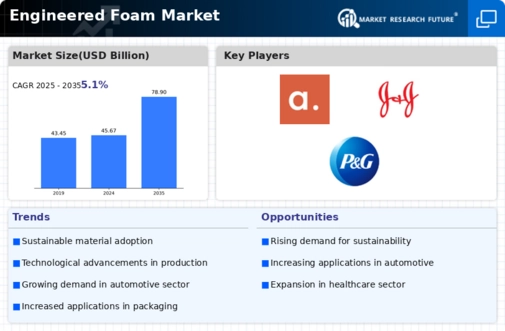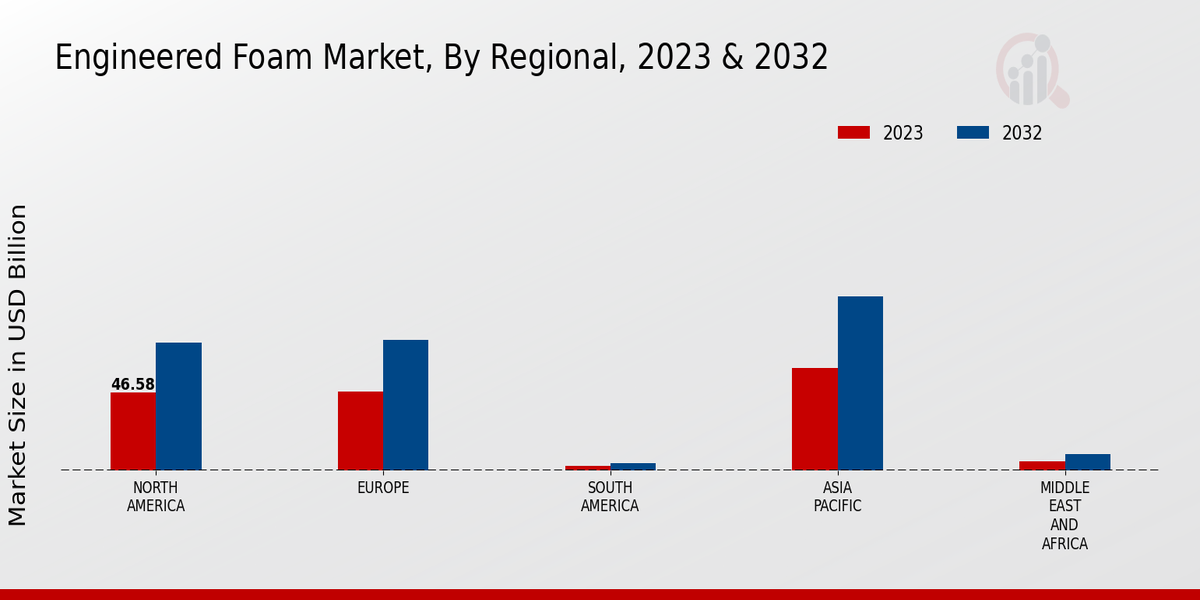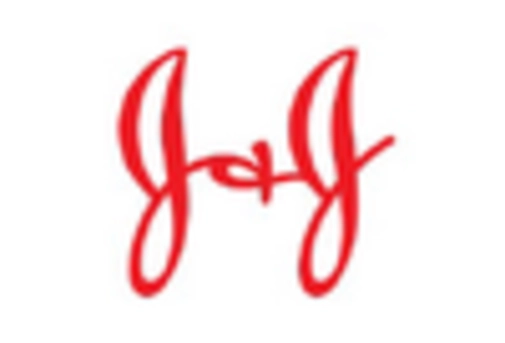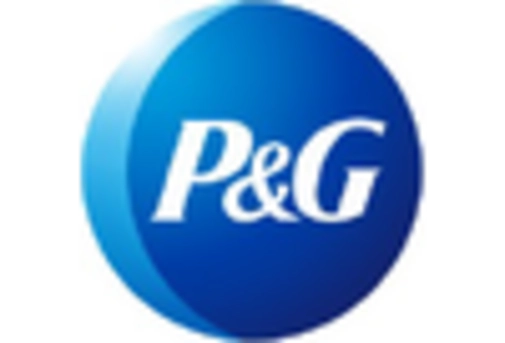Growth in Construction Activities
The Global Engineered Foam Market Industry is significantly influenced by the expansion of construction activities worldwide. Engineered foams are utilized in insulation, soundproofing, and structural applications, making them essential in modern construction projects. As urbanization accelerates and infrastructure development gains momentum, the demand for engineered foams is expected to rise. This growth is further supported by government initiatives aimed at promoting sustainable building practices. The market is projected to exhibit a compound annual growth rate of 5.1% from 2025 to 2035, indicating a robust future driven by the construction sector's evolving needs.
Rising Demand in Automotive Sector
The Global Engineered Foam Market Industry experiences a notable surge in demand driven by the automotive sector. Engineered foams are increasingly utilized in vehicle interiors for sound insulation, cushioning, and safety features. As automotive manufacturers prioritize lightweight materials to enhance fuel efficiency, the adoption of engineered foams is expected to rise. In 2024, the market value is projected to reach 45.67 USD Billion, reflecting the industry's responsiveness to evolving consumer preferences and regulatory standards. This trend is likely to continue, with the market anticipated to grow significantly as electric and hybrid vehicles become more prevalent.
Increased Focus on Packaging Solutions
The Global Engineered Foam Market Industry is experiencing growth due to an increased focus on packaging solutions across various sectors. Engineered foams are widely used in protective packaging to ensure the safe transport of goods, particularly in electronics and fragile items. As e-commerce continues to flourish, the demand for efficient and effective packaging solutions is expected to rise. This trend is likely to drive innovation in foam materials, leading to the development of lighter and more protective options. The market's trajectory indicates a potential increase in value, contributing to the overall growth of the engineered foam sector.
Consumer Preference for Comfort and Safety
Consumer preferences for comfort and safety significantly influence the Global Engineered Foam Market Industry. In sectors such as furniture, bedding, and personal protective equipment, engineered foams are favored for their cushioning properties and ability to absorb impact. As consumers become more discerning about product quality and safety, manufacturers are compelled to innovate and enhance their offerings. This trend is expected to sustain market growth, with projections indicating that the industry could reach 78.9 USD Billion by 2035. The emphasis on comfort and safety is likely to drive further investments in engineered foam technologies.
Technological Advancements in Material Science
Technological advancements in material science play a crucial role in shaping the Global Engineered Foam Market Industry. Innovations in foam production techniques, such as the development of bio-based and recyclable foams, are gaining traction. These advancements not only enhance the performance characteristics of engineered foams but also align with the growing emphasis on sustainability. As manufacturers adopt these technologies, the market is likely to witness an increase in product offerings that cater to diverse applications across various industries. This trend suggests a potential for market expansion as consumers seek environmentally friendly alternatives.















Leave a Comment